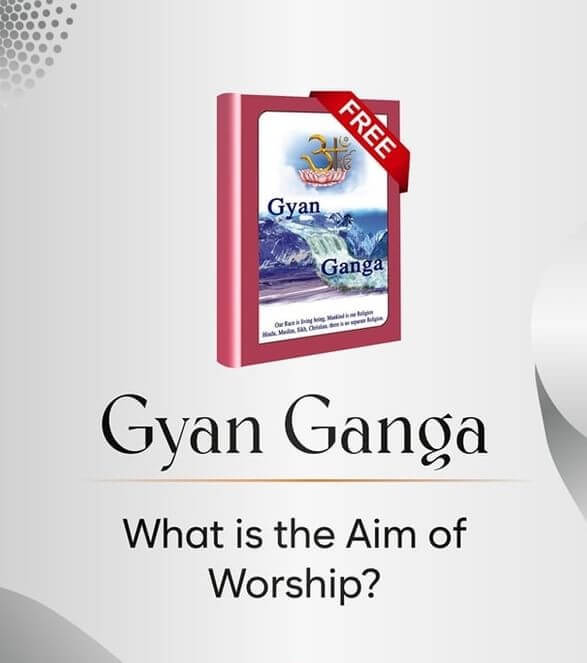Is Lord Shiva the Supreme God?
Help & Information / Is Lord Shiva the Supreme God?
Is Lord Shiva the Supreme God?
Is Lord Shiva the Supreme God? Insights from Gyan Ganga
In the discourse on spirituality, the question of whether Lord Shiva is the Supreme God has generated much debate. According to Gyan Ganga, a comprehensive spiritual text, the answer lies in understanding the divine hierarchy and the roles of various deities as described in ancient scriptures.
The Concept of the Supreme God
In the context of Hinduism, the term "Supreme God" refers to the ultimate source of all creation, often associated with attributes of omnipresence, omnipotence, and omniscience. In Gyan Ganga, it is emphasized that the Supreme God is beyond the confines of individual deities and is often referred to as Kavir Dev or God Kabir or Purna Parmatma.
Lord Shiva's Role
Lord Shiva, known as Maheshwar (the greatest god), is indeed a significant figure in the Hindu pantheon. However, Shiva is not the Supreme God. Instead, he is one of the principal deities who embodies the qualities of destruction and transformation. His role is pivotal in the cosmic cycle, but he operates within the framework established by Kaal Brahm (the ruler of 21 brahmands).
Scriptural References
-
Shiv Puran: In various verses of the Shiv Puran, it is articulated that while Shiva is revered as a powerful deity, he himself worships Kaal Brahm. This signifies that even Shiva recognizes a higher authority above him.
-
Shrimad Devi Bhagwat Puran: Devi Puran clearly mentions that Shiva has a mother and a father, thus he cannot be supreme.
-
Durga Saptashati: The sacred text illustrates that Durga (Prakriti) and Kaal Brahm are responsible for the creation of Shiva, thus establishing that Shiva is a product of the divine interplay rather than the source itself.
Conclusion
In conclusion, while Lord Shiva is a paramount deity within Hinduism, Gyan Ganga clarifies that he is not the Supreme God. Instead, he operates under the authority of Kaal Brahm. This understanding encourages devotees to recognize the hierarchy within the divine realm and to seek the ultimate truth beyond the personalities of individual gods. The pursuit of salvation and true spiritual knowledge lies in the recognition of the Supreme God, who encompasses all forms and formlessness.
This perspective aligns with the teachings of Gyan Ganga, guiding seekers towards a deeper understanding of the divine and the interconnectedness of all spiritual paths.
← Who Are the Father and Mother of Lord Shiva Who is the Supreme God? →
